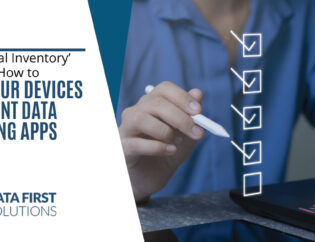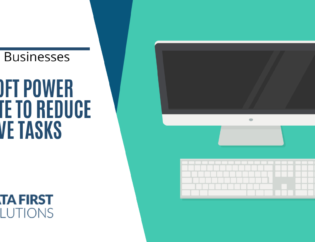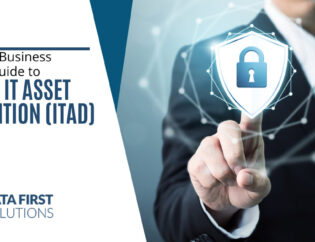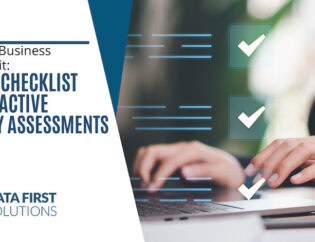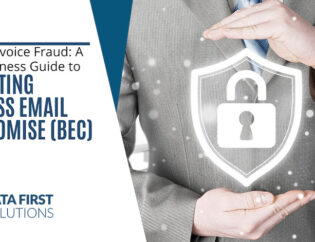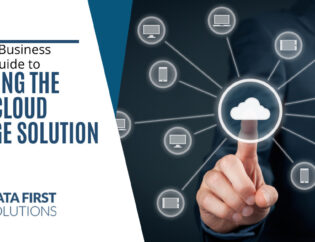If you run a small or mid-sized business in Canada, you’re likely juggling growth with risk. According to the Bank for Canadian Entrepreneurs, 73% of Canadian small businesses report experiencing a cybersecurity incident, yet only 11% have a formal incident response plan in place.
Training is spotty, too: Only two in five provide it consistently. And a surprising one in five have never assessed risks tied to partners or suppliers, even though 40% say an outside party contributed to an incident.
Data loss prevention (DLP) is both policy and technology. It helps you identify sensitive information, watch how it moves, and stop it from leaving your control.
This guide frames DLP for busy teams: clear steps, Canada-specific guardrails, and a path you can start on this week.
Why DLP Now: The Canadian SMB Reality
Canadian small businesses frequently encounter phishing and email scams; 82% report seeing them and 29% fall victim. Supplier-payment fraud hits roughly one in five. Beyond dollars, the big drains are time (77%) and stress (61%) after an incident.
What does Canada add to the picture? Two things:
- The risk profile: Canadian small businesses regularly encounter cyber incidents, but many still lack a tested plan and consistent training.
- The governance lens: Where your data resides matters.
The Canadian Centre for Cyber Security advises managing information from creation to secure destruction and being deliberate about third parties and cross-border storage. If systems outside Canada are involved, different laws and obligations may apply, so define expectations in service-level agreements and keep auditability in mind.
Do you know which applications store your customer and employee data today? If a laptop vanished this afternoon, could you prove that sensitive files were encrypted and recover the latest versions without drama?
A Practical Playbook to Build Your DLP Program
DLP is easiest when you start small, prove value, and iterate. Use the steps below as a living checklist; each can be right-sized for a five-person firm or a 150-person operation.
1. Map What Matters (Inventory & Classification)
List your sensitive data first:
- Customer profiles
- Payment records
- Health or HR files
- Contracts
- Designs
Mark where each lives: endpoints, file servers, cloud drives, email, or industry SaaS. Then apply simple labels, such as public, internal, or confidential.
2. Write Simple, Enforceable Policies
Keep policies short and operational:
- Who can access payroll data?
- Can staff email spreadsheets externally?
- How long do you retain customer IDs?
Include contractors and remote workers. Clarity reduces guesswork, and less guesswork means fewer leaks.
3. Protect Data in All Three States
- In use (endpoints): Endpoint DLP can watch copy/paste, screen capture, printing, and USB use, which is crucial for hybrid teams.
- In motion (network): Network DLP monitors outbound traffic and blocks sensitive payloads leaving your environment.
- At rest (cloud/on-prem): Apply encryption and visibility for SaaS and cloud storage so shadow IT doesn’t become a blind spot.
4. Configure Smart DLP Rules
Pair pattern matching with logic. For example, detect a number format plus a checksum plus proximity keywords (e.g., “card”). Start in monitor mode to avoid noise. Once confident, move to block on the highest-risk matches. Always log decisions for audits and after-action reviews.
5. Secure Accounts, Devices, and Networks
Enforce MFA on admin, finance, and email. Encrypt laptops and phones. Turn on automatic updates to shrink the window of exposure. At the edge, enable router and host firewalls; DNS-layer protection (where eligible) adds a quiet but effective filter against known-bad destinations.
6. Backups That Beat Ransomware
Backups are your DLP safety net. Keep at least one copy offline or immutable, encrypt everything, and protect access with strong passwords. Most importantly, test restores on a regular cadence. How fast could you bring core systems back if you had to do it today?
- Run a weekly test restore of a small but business-critical dataset.
- Document timing and issues; fix bottlenecks before a crisis.
- Fold restores into change management (e.g., after major updates).
For a deeper bench, use data backup and disaster recovery best practices to set recovery time objectives that are realistic, not wishful.
7. Train People to Spot and Report
Phishing remains the most common entry point. Short, frequent training wins over annual slide decks. Teach teams to slow down, verify senders, and escalate suspicious messages without fear. Owners routinely cite time and stress as the biggest hidden costs; fast reporting cuts both.
8. Plan, Drill, and Improve
Draft a lean incident response plan:
- Who leads
- How to isolate affected systems
- When to restore
- Whom to notify
In Canada, be ready to contact your bank if financial data is touched, your local police service, the Canadian Anti-Fraud Centre, and the Canadian Centre for Cyber Security, where appropriate. Run tabletop exercises. Ten people, thirty minutes, one realistic scenario, then tighten the playbook.
If you need a structured starting point, start with disaster planning and adapt it for cyber scenarios, including roles, communications, vendor contacts, and a simple decision tree.
9. Mind Third Parties and Data Residency
Vendors move data on your behalf: payment processors, HR systems, marketing platforms, and managed IT providers. Align their controls with yours. Document where data is stored and processed; if it crosses borders, confirm how obligations change. Bake security metrics, audit rights, and response timelines into contracts.
10. Budget and Risk Transfer
Budget for tools, upgrades, support, training, and a contingency line. Canadian SMBs reported new security spend in recent years. Use that as an internal benchmark rather than a ceiling. Consider cyber insurance to cover forensics, notifications, restoration, and legal support after a covered event. Insurance is not a shield, but it can keep an incident from becoming an existential risk.
Turn Intent Into Protection Today
DLP works when it’s concrete. Map what matters, write rules people can follow, protect data wherever it lives, and rehearse your response before you need it. Keep the Canadian context in view: Train continuously, validate backups, and treat vendor and residency questions as a core governance task.
If you want help turning this playbook into a working program, we’re ready. At Data First Solutions, we design right-sized DLP for Canadian SMBs, including endpoint, network, and cloud, paired with resilient backups, Microsoft 365 protection, and response drills your team can run without stress. Let’s build your 90-day plan and make data loss prevention real. Contact us to get started today.
